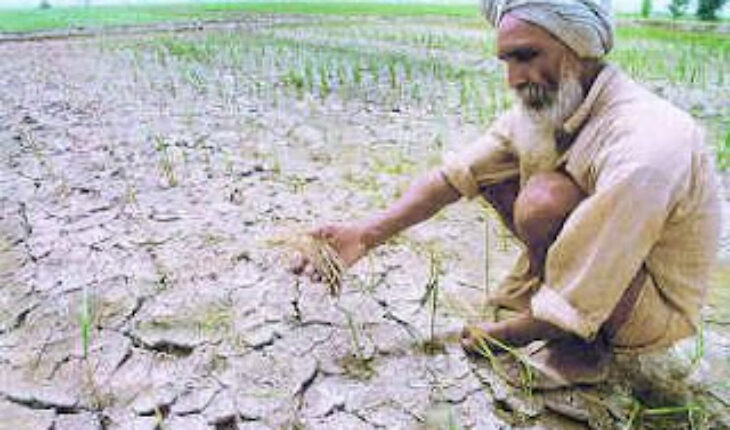Underground water level in 141 blocks in Haryana state is fast reducing, as such situation in Ambala, Karnal, Kurukshetra, Kaithal, Panipat, Sonipat, Hisar, Jhajjar, Bhiwani, Rewari, Mohindergarh, Jind and Sirsa districts is turning bad to worst, as a result out of total number of 6150 villages underground water level is constantly felling. Out of 7287 villages only 1304 villages are in Green Zone, whereas 1948 villages have been declared in Red Zone.
Information also reveals that excessive use of tubewell in agriculture is another prime reason for declining water levels underground. During 1966-67 paddy crop, which required excess water, was being cultivated in 4.8 lakh acre area in Haryana state which now have been increased to more than 34 lakh acre area in the state, and nearly 15 lakh litre water is required for each hectare area having paddy cultivation.
Water level in underground have been divided in seven categories, as such in case of villages having water level above 30 meter known as Red Zone, water level between 21 to 30 meter known as Pink Zone, water level between 11 to 20 meter known as Green Zone, water level between 6 to 10 meter also known as Green Zone, if water level ranges between 3 to 5 meter known as Yellow Zone, if water level ranges between 1.5 to 3 meter known as Purple Zone and in case water level is less than 1.5 meter known as Blue Zone.
During a recent survey in 141 blocks across Haryana state, 30 blocks were found safe, 12 blocks were found critical, 14 blocks were found semi-critical and 85 blocks were declared unsafe. The situation in some of the areas was very serious in Karnal, Kaithal, Kurukshetra, Fatehabad, Jind, Sirsa and Yamunanagar districts where water level underground at many places was found dropped to 30 meters.
According to a report by the health department the excess quantity of arsenic and fluoride detected in water in 136 villages in 20 districts of Haryana state is very harmful for the health giving rise to diseases like cancer, jaundice, blood pressure, sugar, body ache, kidney stone, diarrhea and skin diseases. Information reveals that the quantity of Fluoride in underground water at Loharwala village in Bhiwani district was detected much higher recorded as 22 mg/liter, whereas according to the health experts if quantity of fluoride in water is more than 1.5 mg per liter as observed at Uchana in Jind district and Atawali in Panipat district is extremely harmful for the health. According to the National Green Tribunal (NGT) excessive quantity of underground water is being consumed in 40,392 square kilometer area (nearly 61%) in Haryana state.






